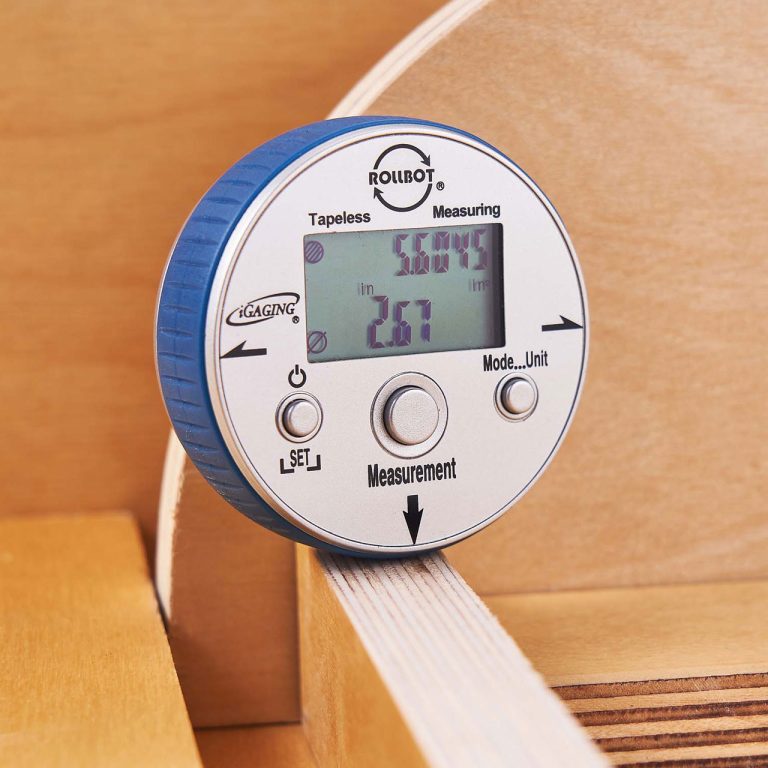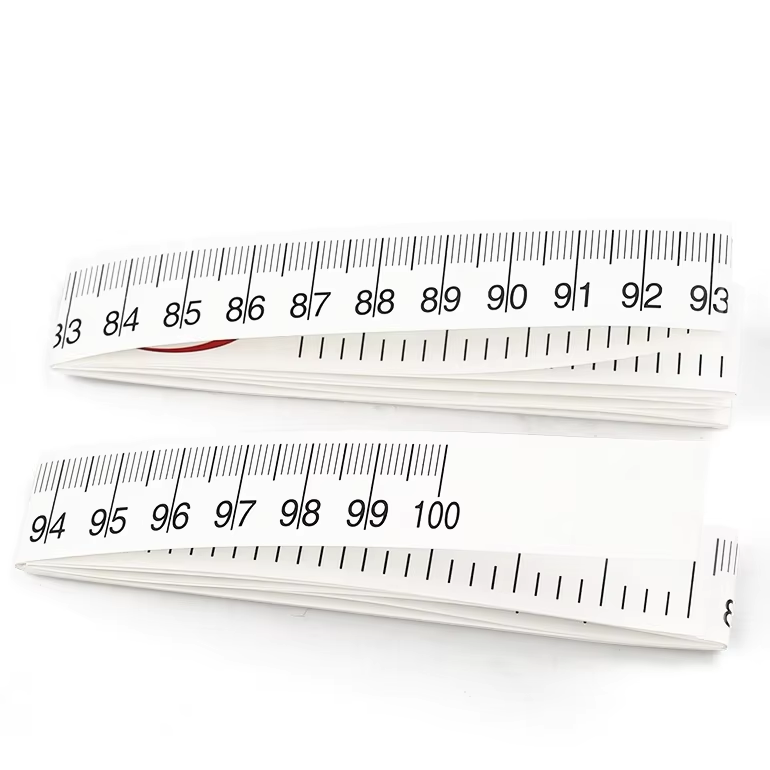
15/16 on a Tape Measure: A Guide to Accurate Measurements
Accurate measurements are the cornerstone of any successful project, whether you’re a seasoned carpenter, a DIY enthusiast, or simply tackling household tasks. Understanding the nuances of your tools can significantly enhance the quality of your work. One such nuance is the 15/16 on a tape measure, a seemingly small fraction that plays a crucial role in precision. In this article, we will delve deep into what 15/16 on a tape measure signifies, how to effectively use it, and why mastering this measurement can elevate your projects from good to exceptional.
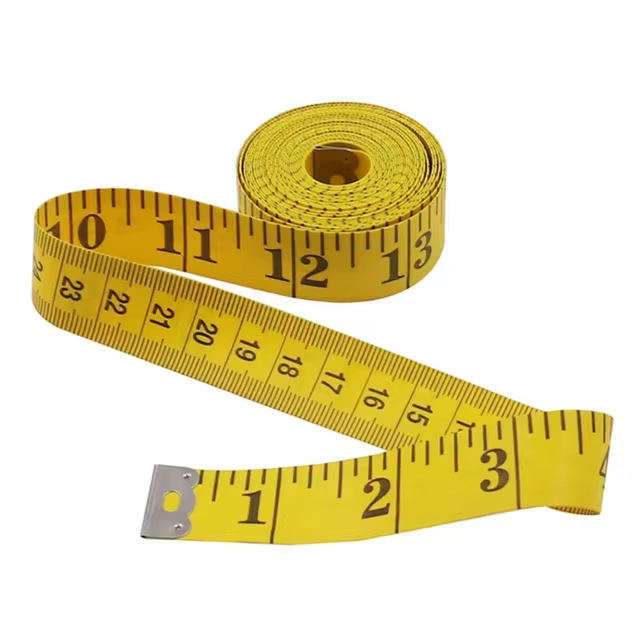 Understanding Fractions and Precision in Measurement
Understanding Fractions and Precision in Measurement
When you look at a standard tape measure, you might notice various fractional markings that help in precise measurements. The 15/16 on a tape measure is one such critical fraction that often goes unnoticed but is essential for accuracy. Let’s explore why this fraction is important and how it fits into the broader context of measurement precision.
The Role of Fractions in Measurement
Fractions are fundamental in measurement because they allow for precise increments between whole numbers. On a tape measure, fractions like 1/16, 3/16, 5/16, and importantly, 15/16, enable users to achieve measurements that are not whole numbers. This precision is vital in tasks where even a slight deviation can compromise the integrity of the project.
Why 15/16 Matters
The 15/16 mark is just one step below a full inch, making it the second-highest fractional measurement on a standard tape measure. This fraction is particularly useful when you need to maximize the inch measurement without exceeding it. For example, if you are cutting a board that needs to fit snugly into an inch-wide space, measuring up to 15/16 inches ensures a tight fit without the risk of the material being too large.
Practical Applications in DIY Projects and Crafts
Understanding the theoretical aspect of 15/16 on a tape measure is one thing, but applying it practically can make a significant difference in the outcome of your projects. Let’s look at some real-world scenarios where this measurement is indispensable.
Precision in Woodworking
Woodworking demands high precision, and using the 15/16 on a tape measure can aid in making accurate cuts. When crafting furniture or constructing cabinets, even a fraction of an inch can affect the overall appearance and fit of the piece. By measuring precisely to 15/16 inches, woodworkers can ensure that joints fit perfectly and that the final product is both functional and aesthetically pleasing.
Cutting Wood Accurately
Imagine you are building a bookshelf and need to cut a shelf to fit precisely within a frame. Measuring to 15/16 inches from the edge ensures that the shelf will fit snugly without leaving unnecessary gaps or causing the wood to be too tight and difficult to position. This level of precision helps in maintaining uniformity and balance throughout the project.
Tailoring and Fabric Crafting
In the realm of tailoring and fabric crafting, precision is equally important. The 15/16 on a tape measure can help in making exact measurements for hems, seams, and detailed stitching. Fabric tends to behave differently than wood, and having precise measurements ensures that your garments or fabric-based projects maintain their intended shape and fit.
Achieving Perfect HemLengths
When hemming a garment, measuring to 15/16 inches from the edge can provide a neat and professional finish. This precise measurement ensures that the hemline is consistent and that the garment retains its intended proportions, avoiding any stretching or puckering that might occur with inaccurate measurements.
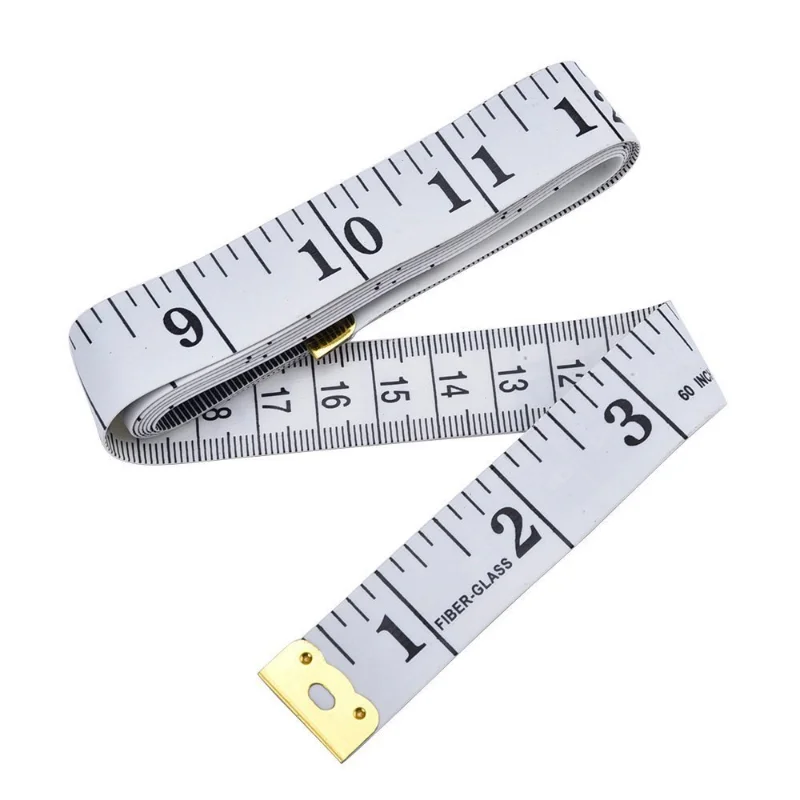 Converting 15/16 on a Tape Measure: From Fractions to Decimals and Inches
Converting 15/16 on a Tape Measure: From Fractions to Decimals and Inches
While working with fractions like 15/16 inches is common, there are instances where converting these measurements into decimals or other units can be beneficial. Understanding how to accurately convert 15/16 on a tape measure into different formats broadens your ability to work flexibly across various projects and applications.
Converting Fractions to Decimals
To convert 15/16 inches to a decimal, you divide the numerator by the denominator. In this case, 15 divided by 16 equals 0.9375. Therefore, 15/16 inches is equivalent to 0.9375 inches in decimal form. This conversion is particularly useful when working with digital tools or software that require decimal inputs rather than fractions.
Practical Example
Suppose you are designing a piece of software that calculates material requirements based on input measurements. Entering 0.9375 inches instead of 15/16 inches can streamline the data processing and reduce potential errors associated with fraction inputs.
Converting to Centimeters
For those working in environments that use the metric system, converting 15/16 inches to centimeters can be essential. Since 1 inch equals 2.54 centimeters, you can multiply 15/16 by 2.54 to get the measurement in centimeters.
Calculation
15/16 inches × 2.54 cm/inch = 2.38125 cm.
Therefore, 15/16 inches is approximately 2.38 centimeters. This conversion ensures that measurements are accurate across different measurement systems, facilitating better communication and consistency in international projects.
Common Mistakes and How to Avoid Them
Even with a clear understanding of how to use 15/16 on a tape measure, errors can still occur. Recognizing common mistakes and knowing how to avoid them can significantly improve the accuracy of your measurements and the quality of your projects.
Misreading the Fractional Markings
One of the most common mistakes is misreading fractional markings. The 15/16 mark can easily be confused with other nearby fractions such as 14/16 (which simplifies to 7/8). To avoid this, take the time to familiarize yourself with the tape measure’s markings and practice identifying the 15/16 mark accurately.
Tips for Accurate Reading
- Visual Reference: Notice that the 15/16 mark is the last small division before the full inch mark.
- Double-Check: Always recheck your measurement, especially when working on critical dimensions.
- Use a Marker: Highlight or mark the 15/16 inch line on your tape measure to make it easier to identify at a glance.
Slanting the Tape Measure
Another frequent error is holding the tape measure at an incorrect angle, leading to inaccurate measurements. The tape should be pulled tight and held straight to ensure that the 15/16 inch measurement is precise.
Ensuring Proper Alignment
- Straight Pull: Make sure the tape measure is aligned straight between the starting point and the measurement point.
- Level Surface: Measure on a flat, level surface to prevent the tape from bending or slanting.
- Firm Grip: Hold the tape measure firmly to maintain its position and prevent movement during measurement.
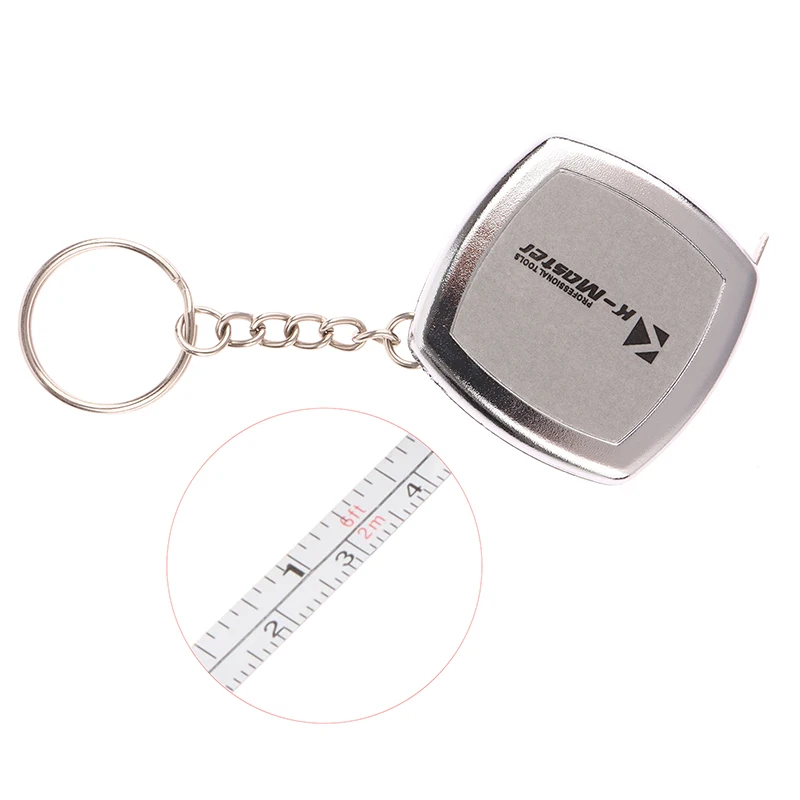 Tools and Techniques for Accurate Readings
Tools and Techniques for Accurate Readings
Achieving precise measurements with 15/16 on a tape measure requires not only understanding the fraction but also utilizing the right tools and techniques. Let’s explore some methods and accessories that can enhance measurement accuracy.
High-Precision Tape Measures
Investing in a high-precision tape measure can make a significant difference in obtaining accurate readings. These tape measures often feature clear, easy-to-read markings and more granular increments, making it easier to identify the 15/16 inch mark accurately.
Features to Look For
- Clear Markings: Choose tape measures with bold, distinct markings to reduce misreading.
- Durable Material: Ensure the tape measure is made of durable materials to maintain its markings and functionality over time.
- Lock Mechanism: A reliable lock mechanism can hold the tape in place, providing stability during measurement.
Utilizing Magnification Tools
For those who find it challenging to read small fractions, magnification tools like a magnifying glass or a tape measure with built-in magnification can be incredibly helpful. These tools allow for a closer look at the 15/16 inch mark, minimizing the risk of misreading.
Practical Usage
- Magnifying Glass: Use a handheld magnifying glass to zoom in on the tape measure markings.
- Magnified Tape Measure: Some tape measures come with integrated magnifiers, offering a more convenient and seamless measurement experience.
Consistent Measurement Techniques
Adopting consistent measurement techniques can enhance accuracy when working with 15/16 on a tape measure. Techniques such as measuring from the same reference point and ensuring the tape is level can make a significant difference.
Steps for Consistent Measurement
- Start from the Zero Mark: Always begin measuring from the zero mark to ensure consistency.
- Keep the Tape Flat: Ensure the tape measure lies flat against the object being measured to avoid bending or twisting.
- Double-Check Measurements: After measuring, repeat the process to confirm accuracy before making any cuts or adjustments.
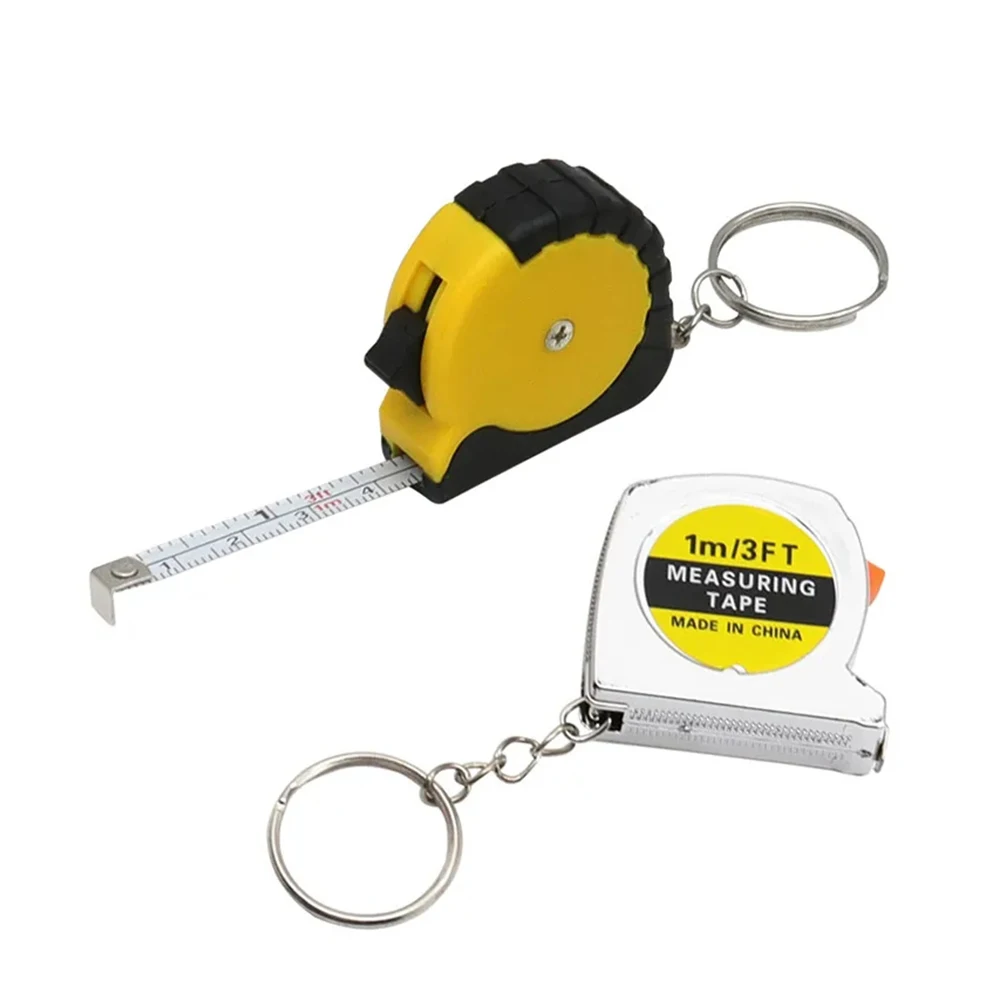 Enhancing Measurement Skills
Enhancing Measurement Skills
Mastering the use of 15/16 on a tape measure is not just about knowing where the mark is; it’s about developing overall measurement skills that can be applied across various tasks and projects. Here are some strategies to enhance your measurement proficiency.
Practice Regularly
Like any other skill, regular practice is essential for becoming proficient in using a tape measure. Take the time to practice measuring different objects and quantities, focusing on accurately reading the 15/16 inch mark.
Practical Exercises
- Daily Measurements: Incorporate tape measure usage into your daily routine, measuring household items to build familiarity.
- Project-Based Practice: Work on small projects that require precise measurements, such as building a birdhouse or crafting a picture frame.
Learn from Mistakes
Errors are inevitable, but they are valuable learning opportunities. When you make a mistake with the 15/16 on a tape measure, analyze what went wrong and how you can prevent it in the future.
Reflective Techniques
- Error Analysis: After a measurement mistake, review the steps taken and identify where the error occurred.
- Adjust Techniques: Modify your measurement techniques based on the insights gained from your analysis.
Educate Others
Teaching others how to use a tape measure effectively can reinforce your own understanding and mastery of the tool. Share your knowledge about the importance of the 15/16 mark and demonstrate accurate measurement techniques.
Building Teaching Skills
- Demonstrations: Show others how to identify and use the 15/16 inch mark in different scenarios.
- Guided Practice: Allow others to practice measuring while providing feedback and assistance.
 Conclusion
Conclusion
In the realm of measurements, every fraction counts, and understanding fractions like 15/16 on a tape measure is essential for achieving precision and accuracy in your projects. Whether you’re involved in woodworking, tailoring, or any other craft that demands meticulous measurements, mastering the use of 15/16 inches can significantly enhance the quality of your work. By avoiding common mistakes, utilizing the right tools and techniques, and continuously honing your measurement skills, you ensure that your projects are executed flawlessly. Embrace the importance of 15/16 on a tape measure, and let it be a testament to your commitment to precision and excellence in all your endeavors.
